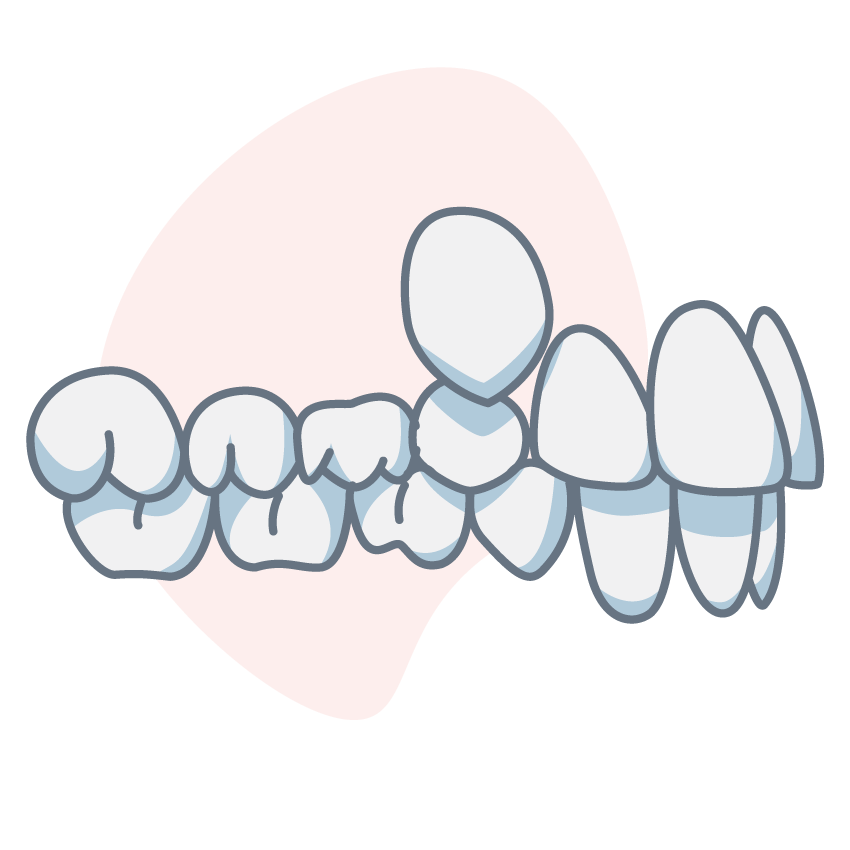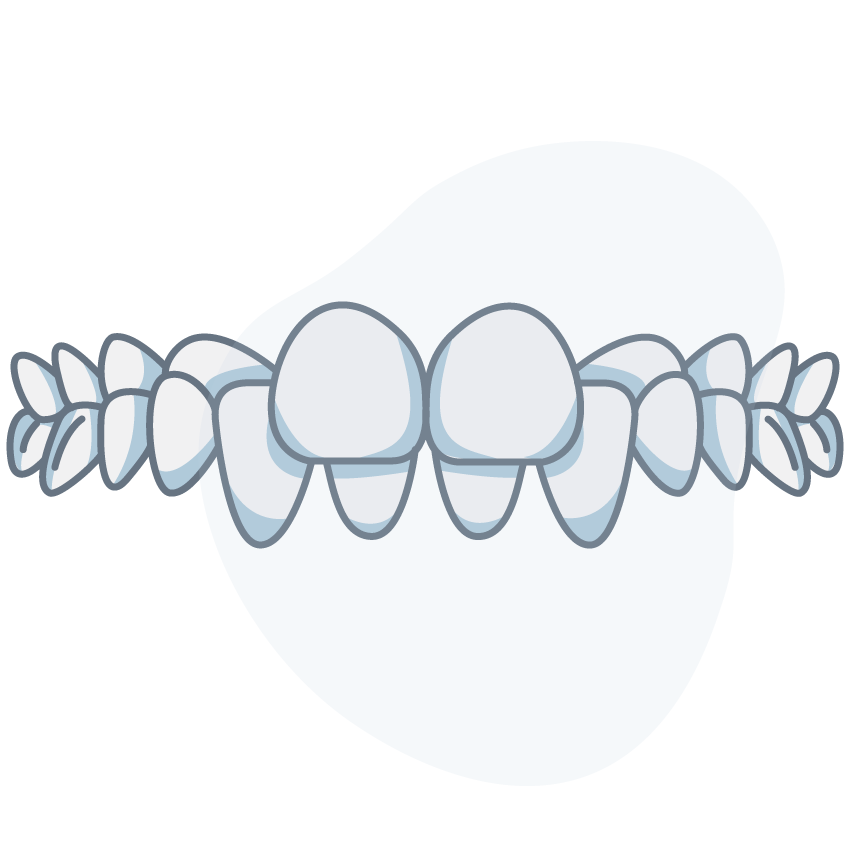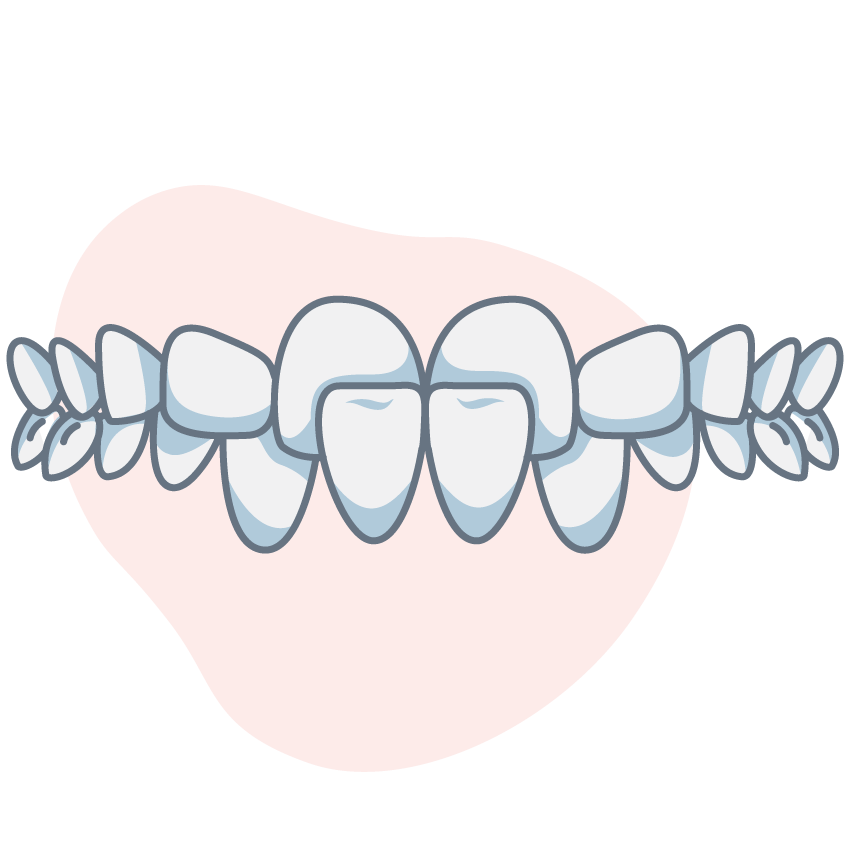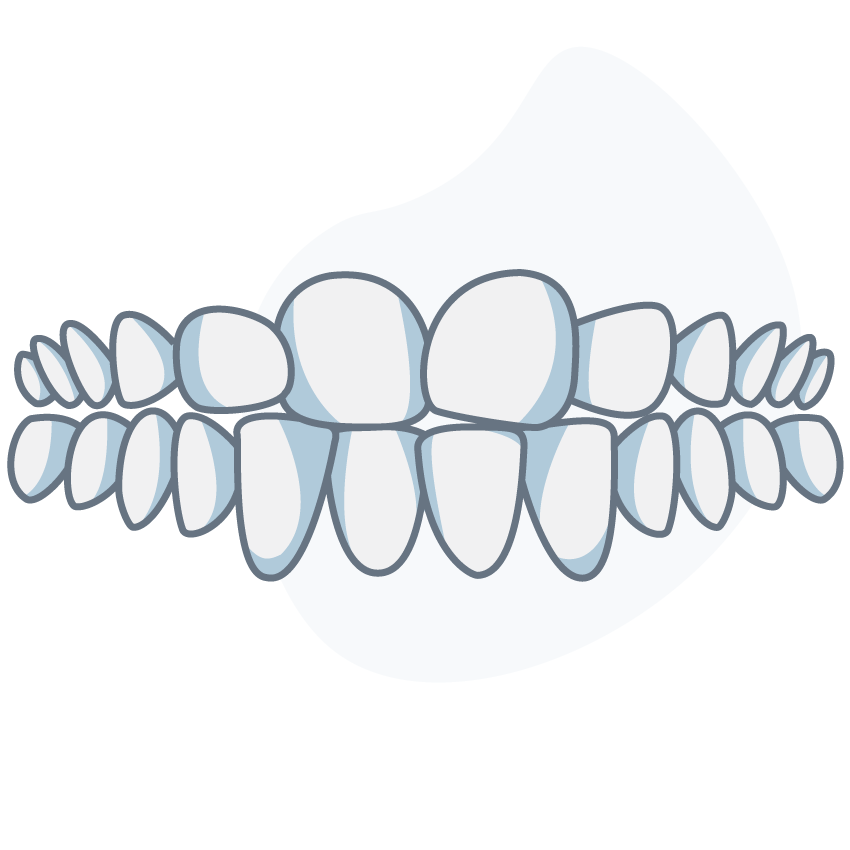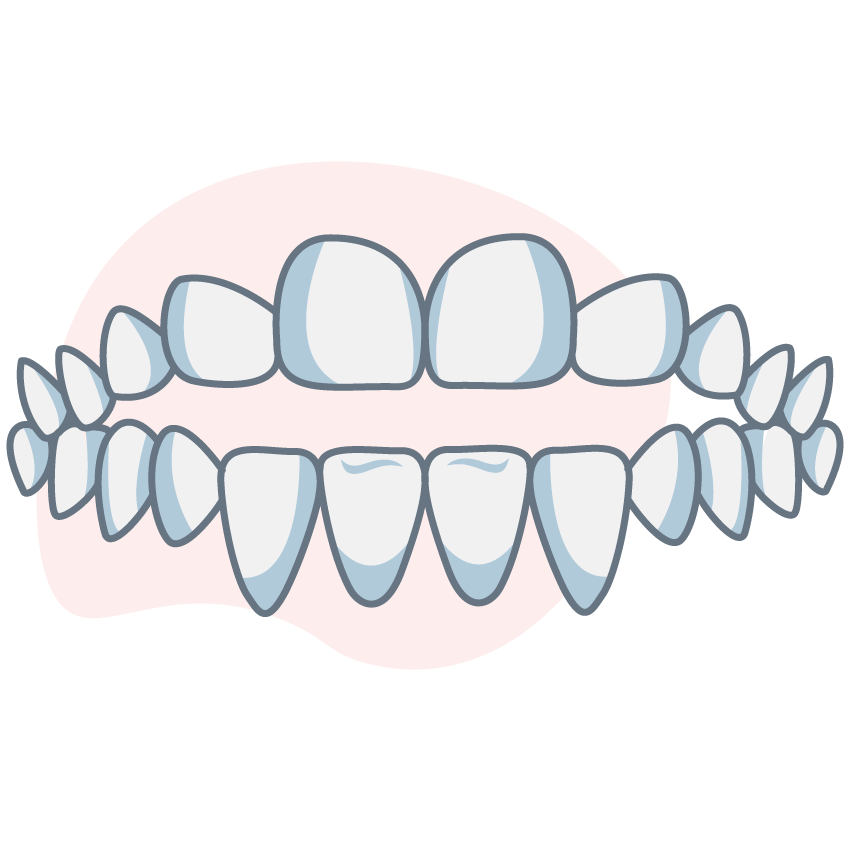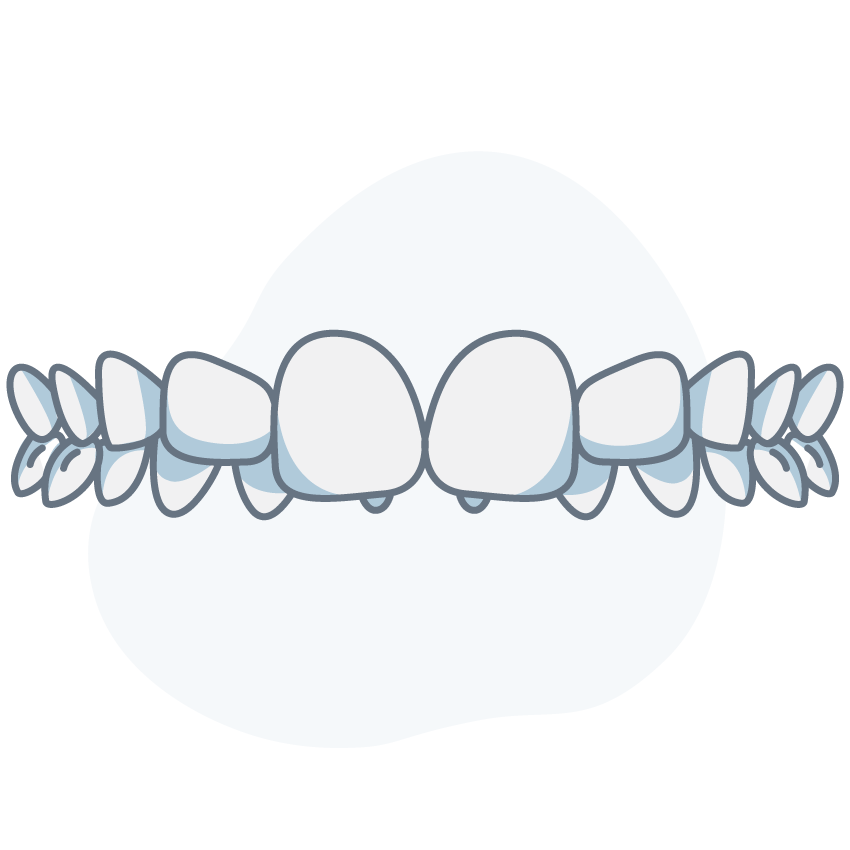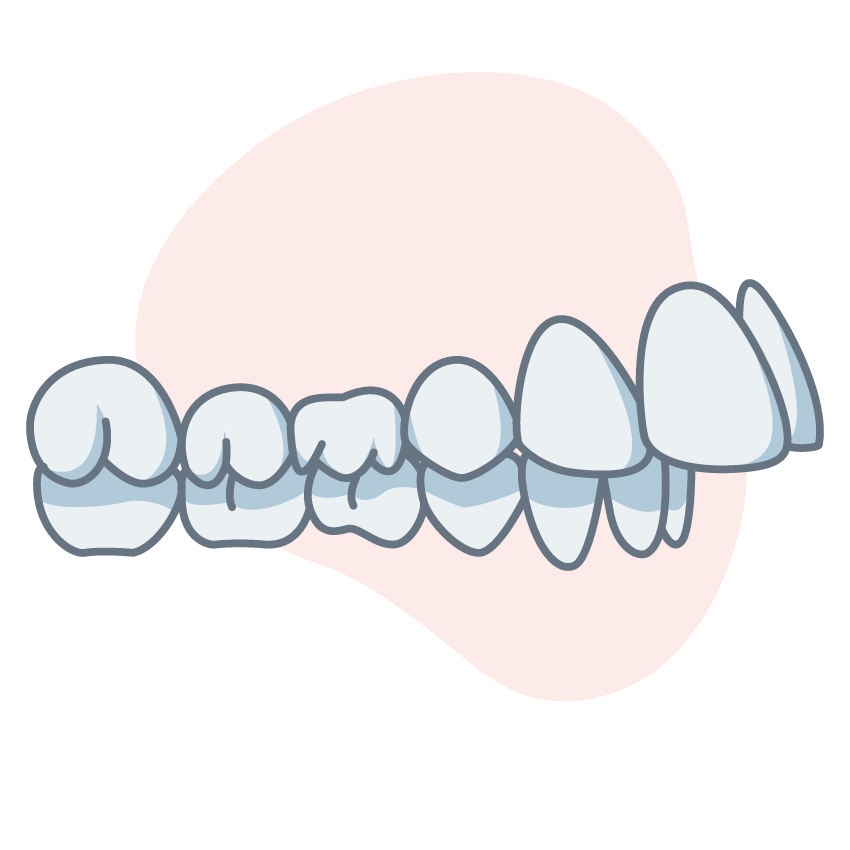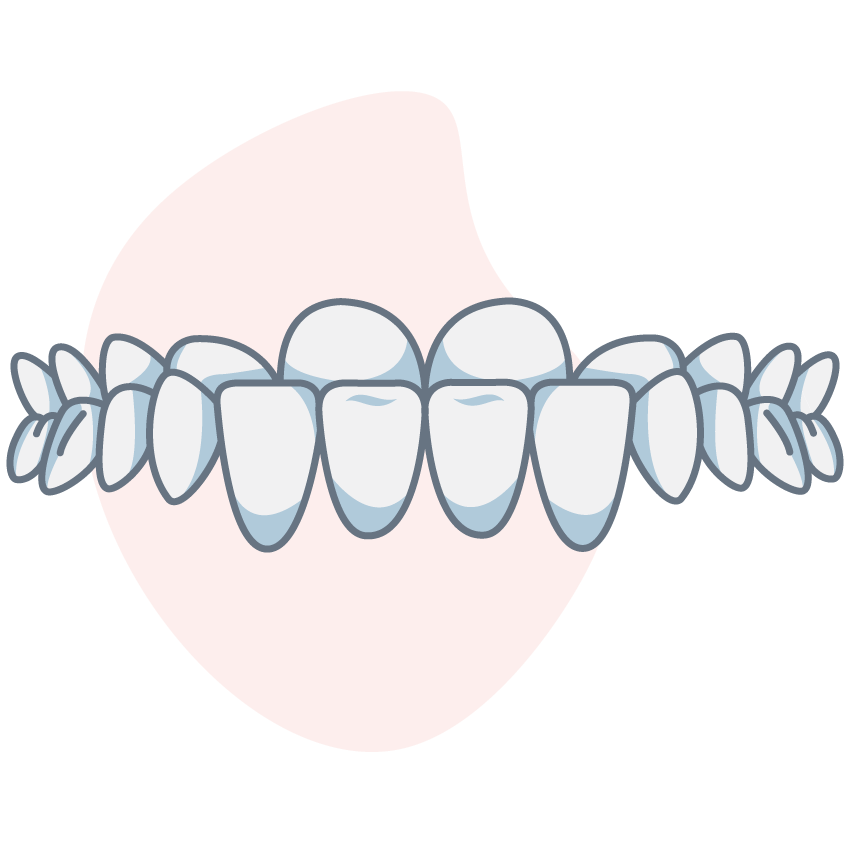Abnormal Eruption
Abnormal eruption is when a tooth emerges through the gum in the wrong place. This is often caused by abnormal timing of when primary teeth come out (too late), and permanent teeth come in (too early).
This problem could lead to:
- Upper and lower teeth that do not line up (malocclusion)
- Crowded or crooked teeth
- Constant pain or pressure, including sensitivity to hot and cold foods


